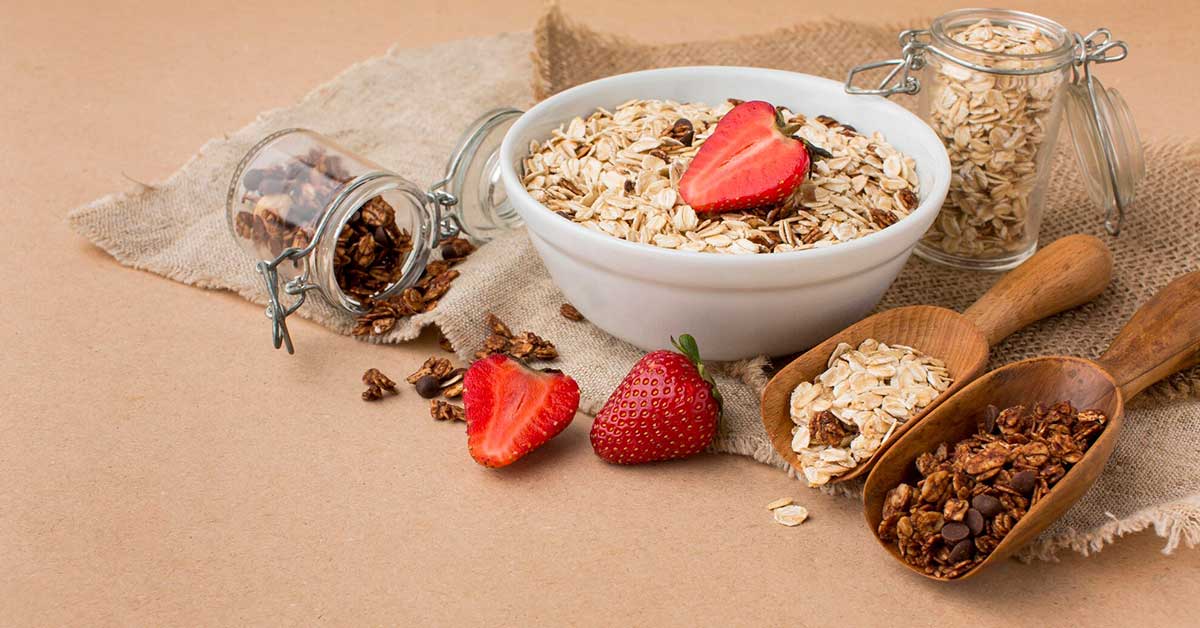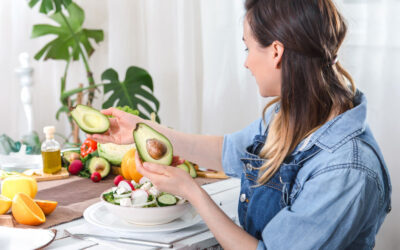Understanding Gluten-Free Cereals
Let’s talk about gluten-free cereals, shall we? First things first, what exactly is gluten? Well, it’s a protein found in wheat, barley, and rye. Some folks need to avoid it due to celiac disease or gluten sensitivity, while others choose to cut it out for various health reasons.
Opting for gluten-free cereals can have some real benefits. For those with celiac disease, it’s a must, but even for others, it can lead to improved digestion and reduced inflammation. Plus, many gluten-free cereals are made with nutrient-dense ingredients like quinoa, amaranth, or buckwheat.
Speaking of ingredients, you’ll often find rice, corn, and oats in gluten-free cereals. But don’t be surprised to see more exotic options like teff or sorghum too. These alternatives can bring unique flavors and textures to your breakfast bowl.
Top 10 Gluten-Free Cereals to Try in 2024
Now, let’s dive into some tasty options for your morning meal. Here are ten gluten-free cereals that are worth a try this year:
- Quinoa Crunch: A protein-packed option with a nutty flavor. It’s great for keeping you full, but some might find the texture a bit different from traditional cereals.
- Coconut Flakes: Light, crispy, and naturally sweet. Perfect for those watching their sugar intake, though it might not be filling enough for everyone.
- Cinnamon Rice Puffs: A classic flavor in a gluten-free package. Kids love it, but it can be a bit high in sugar.
- Amaranth O’s: Similar to Cheerios but with a unique, earthy taste. High in iron, but can be pricey.
- Buckwheat Granola: Crunchy and satisfying, with lots of healthy fats. However, it’s calorie-dense, so portion control is key.
- Corn Flakes: A familiar taste and texture for those new to gluten-free eating. Not the most nutrient-dense option, though.
- Millet Puffs: Light and airy, great for mixing with other cereals. On its own, it might be too plain for some palates.
- Teff Flakes: Rich in minerals and fiber, with a slightly sweet taste. It can be hard to find in some areas.
- Sorghum Loops: A fun shape with a mild, slightly sweet flavor. Good for kids, but not as protein-rich as some other options.
- Oat and Chia Blend: Packed with omega-3s and fiber. It can get soggy quickly, so eat it fast!
Nutritional Considerations for Gluten-Free Cereals
When comparing gluten-free cereals to their traditional counterparts, there are a few things to keep in mind. Gluten-free options can sometimes be lower in fiber and certain B vitamins, which are often added to wheat-based cereals.
To make sure you’re getting a nutritional boost, look for cereals fortified with vitamins and minerals. Fiber is crucial too, so check those labels! And don’t forget about protein – some gluten-free grains like quinoa and amaranth are excellent sources.
Here’s a pro tip: mix your gluten-free cereal with some nuts or seeds to up the protein and healthy fat content. It’s an easy way to create a more balanced breakfast.
DIY Gluten-Free Cereal Recipes
Feeling crafty? Why not try making your own gluten-free cereal? Here’s a simple recipe for homemade granola:
Mix 3 cups of gluten-free rolled oats with 1 cup of chopped nuts, 1/4 cup of honey, and 1/4 cup of coconut oil. Spread on a baking sheet and bake at 300°F for about 30 minutes, stirring occasionally. Let it cool, and voila!
For a no-bake option, try these easy cereal bars: Melt together 1/4 cup of nut butter and 1/4 cup of honey, then mix in 2 cups of your favorite gluten-free cereal. Press into a lined pan and chill until firm.
Want to customize your own mix? Start with a gluten-free base like puffed rice or corn flakes, then add your favorite nuts, seeds, and dried fruits. The possibilities are endless!
Gluten-Free Cereals for Different Dietary Needs
If you’re vegan or vegetarian, don’t worry – there are plenty of gluten-free cereals that fit your lifestyle. Many are naturally plant-based, but always check for ingredients like honey if you’re strictly vegan.
Looking for low-sugar or keto-friendly options? Focus on cereals made from nuts and seeds, or look for brands specifically marketed as low-carb. Just be prepared for a different taste and texture compared to traditional sugary cereals.
For those concerned about additives, there’s a growing selection of organic and non-GMO gluten-free cereals. These can be a bit more expensive, but many people find the peace of mind worth the extra cost.
Where to Buy Gluten-Free Cereals
These days, finding gluten-free cereals is easier than ever. Online retailers like Amazon and Thrive Market have extensive selections, often at competitive prices. Plus, you can easily compare nutritional info and ingredients from the comfort of your couch.
In terms of brick-and-mortar stores, many mainstream supermarkets now have dedicated gluten-free sections. Health food stores and specialty grocers are also great places to find unique gluten-free options.
To snag the best deals, keep an eye out for sales and consider buying in bulk if you find a cereal you love. Some brands offer subscribe-and-save options online, which can lead to significant savings over time. Happy cereal hunting!




